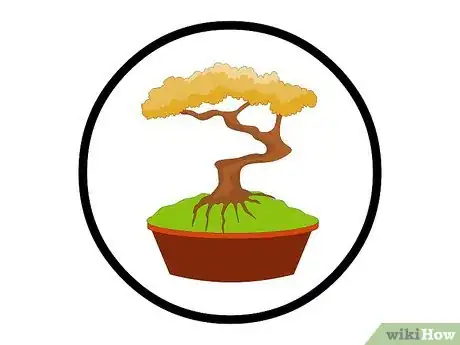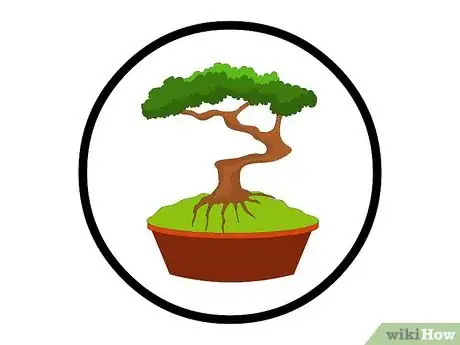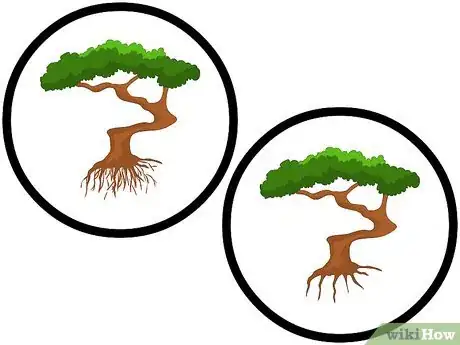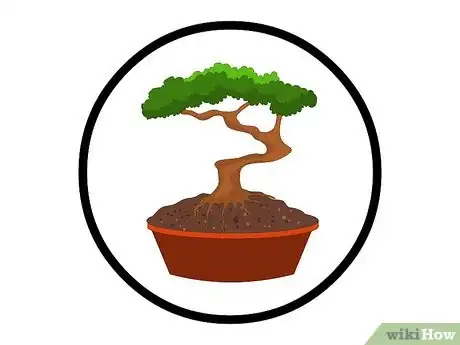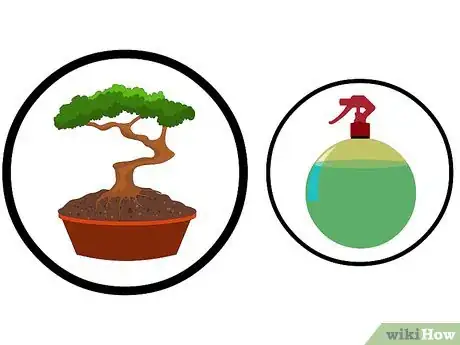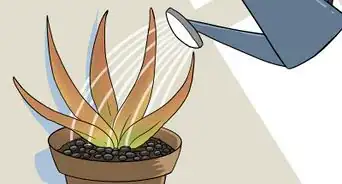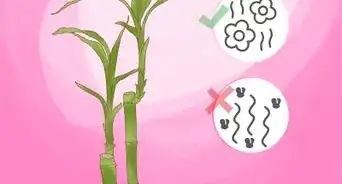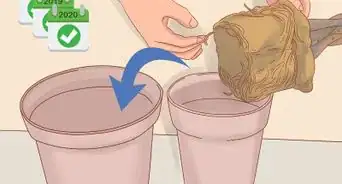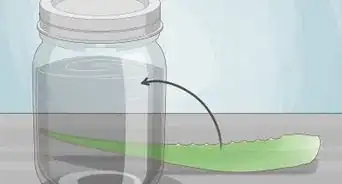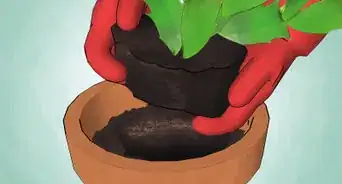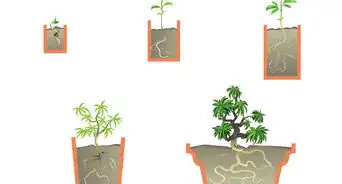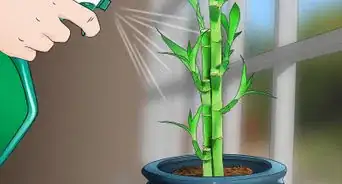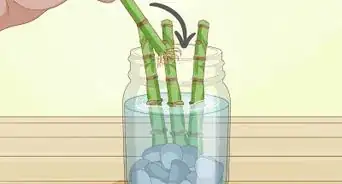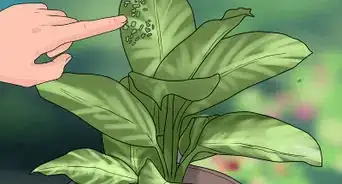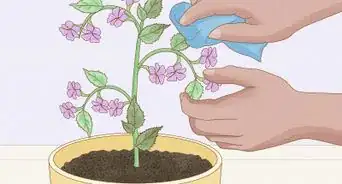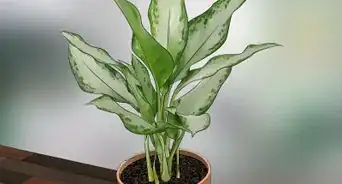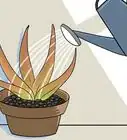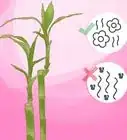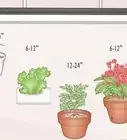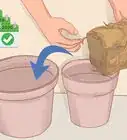wikiHow is a “wiki,” similar to Wikipedia, which means that many of our articles are co-written by multiple authors. To create this article, volunteer authors worked to edit and improve it over time.
wikiHow marks an article as reader-approved once it receives enough positive feedback. In this case, 95% of readers who voted found the article helpful, earning it our reader-approved status.
This article has been viewed 137,160 times.
Learn more...
Bonsai trees, like other plants grown in containers, need to be regularly re-potted. Re-potting keeps the tree healthy by replenishing the nutrients in the soil, regulating root growth, and keeping the soil from getting too compacted. Learning how to re-pot bonsai trees will provide you with an essential skill when undertaking bonsai as a hobby. This learning process will also increase your general understanding and appreciation of your plant's health.
Steps
-
1Determine when your bonsai needs to be re-potted. The primary reason for re-potting a bonsai tree is when its root system begins to choke itself off. To determine whether or not this is happening, gently lift the entire tree from its pot. If the roots have begun circling around themselves, you need to re-pot. Eventually the roots will grow thick enough to displace all of the soil within the root system, and the tree will starve.
-
2Pick the right time of year for repotting your plant. Repotting should ideally be performed in early spring. At this time, the tree is not under the pressure of maintaining full foliage, and thus will be subject to less of a shock by repotting. The vigorous growth that begins in spring will also help the plant to heal any damage caused through repotting.[1]Advertisement
-
3Remove the old soil from the tree's roots. Once you have lifted the tree from its pot and decided to repot it, you'll need to remove as much of the old soil as possible. Knock the soil out of the root system either using your fingers or a specialized tool called a root hook. Gently disentangle the roots if they have grown thickly together.[2]
-
4Remove some of the bonsai tree's roots. After untangling the roots, prune back some of the longer ones to keep the tree from outgrowing its pot.[3] At this point, you should also remove any roots that appear to be rotting. As a general rule, avoid removing more than 25 percent of the tree's total mass of roots.
-
5Reposition the tree in its pot. When the roots are trimmed, gently lower the tree back into the pot. Fill the pot to the brim with your desired potting mix. Work the soil into the root structure so that there are no air pockets remaining between the roots.
- A typical bonsai potting mix will consist of akadama, gravel, and compost in about a 2-1-1 ratio. Akadama is a special kind of granular clay produced especially for potting bonsai trees. You may need to adjust this ratio depending on your climate and tree species.
-
6Water the bonsai tree. Watering the tree after repotting will help the soil to settle. Keep the tree protected from strong winds for a month or so after repotting.[4]
Community Q&A
-
QuestionHow do I transplant a juniper bonsai that has been in a pot with no drain hole?
 Jake SaskaCommunity AnswerFollow the same steps but change it to a pot WITH the drain hole. You just need a little mesh cover over the drain hole so sediment doesn't wash away when it drains from watering.
Jake SaskaCommunity AnswerFollow the same steps but change it to a pot WITH the drain hole. You just need a little mesh cover over the drain hole so sediment doesn't wash away when it drains from watering. -
QuestionWhat's the difference between a bonsai tree and a bonsai plant?
 Community AnswerThey are the same thing; some people just call them different things.
Community AnswerThey are the same thing; some people just call them different things. -
QuestionI purchased a juniper bonsai and learned that it must be kept outdoors. I put it outside and after about 3 days it started drying up and turning brown. We must it several times a day and it is not getting healthier, just drying out. Our weather in Georgia is humid but doesn't seem to help. What can I do?
 Community AnswerTry putting it in a window sill inside a container of water. The water will evaporate with heat and create a humid environment for your bonsai, not a dry one.
Community AnswerTry putting it in a window sill inside a container of water. The water will evaporate with heat and create a humid environment for your bonsai, not a dry one.
Warnings
- Do not remove all of the soil if re-potting a pine tree. Removing the soil will also remove the mycorrhizal fungus that helps keep the tree alive and healthy.⧼thumbs_response⧽
Things You'll Need
- Bonsai tree
- Container
- Root hook (optional)
- Pruners
- Akadama
- Gravel
- Compost
- Water
